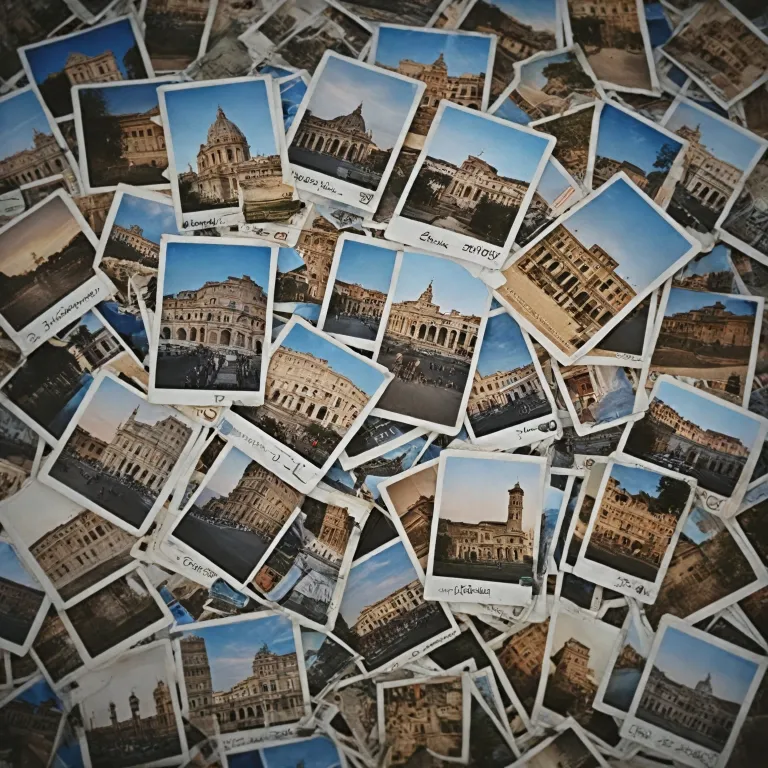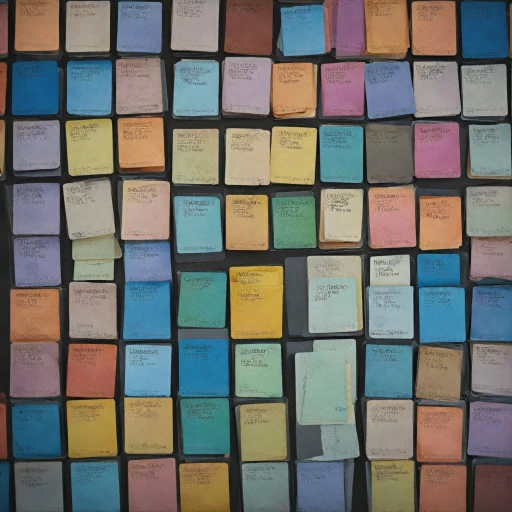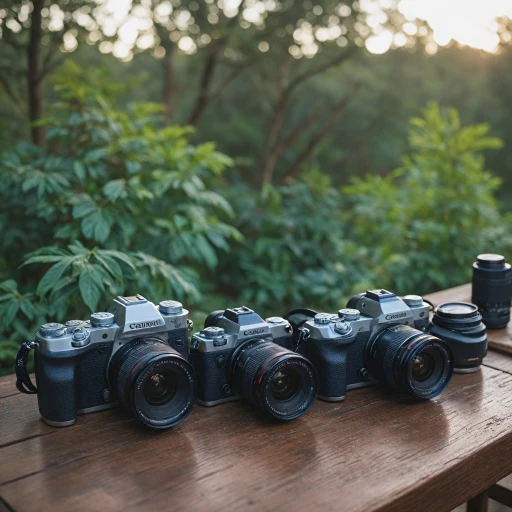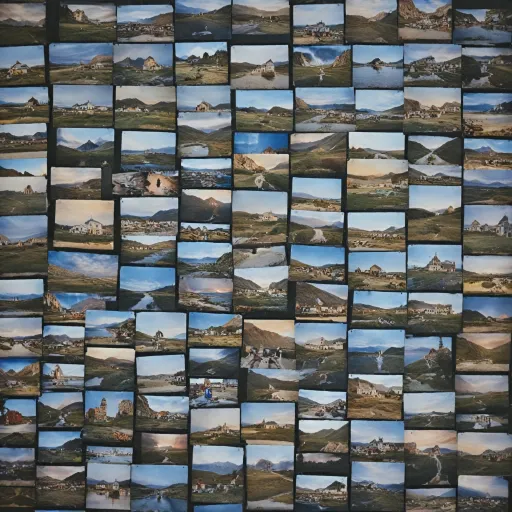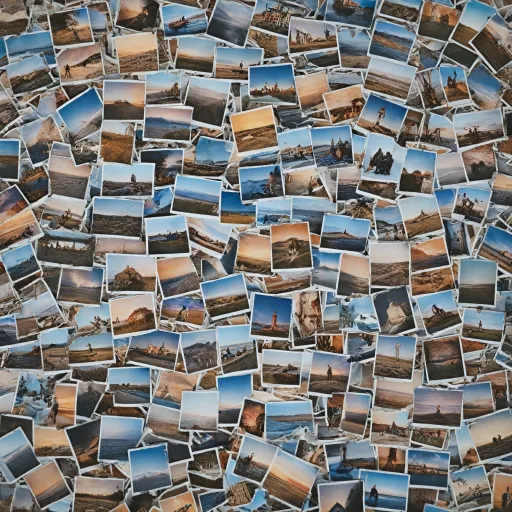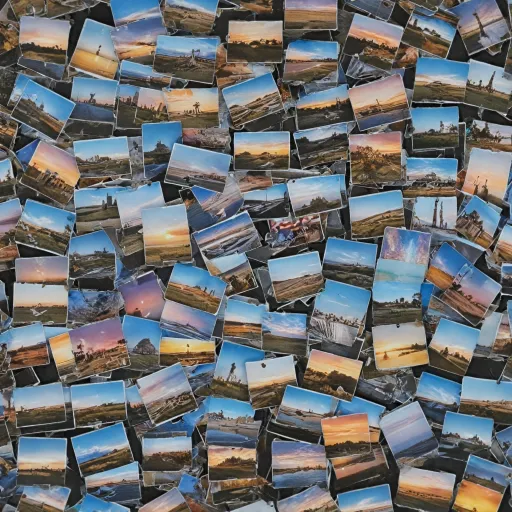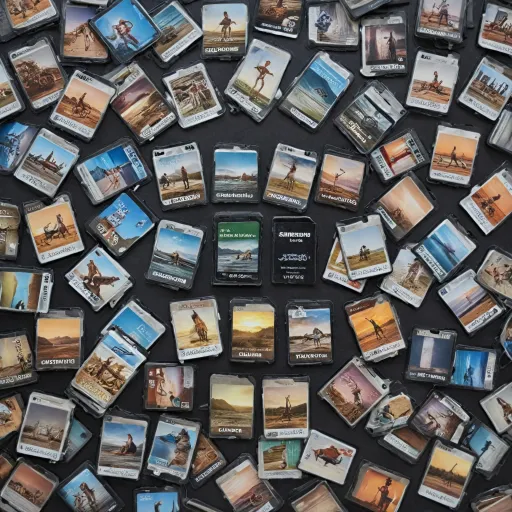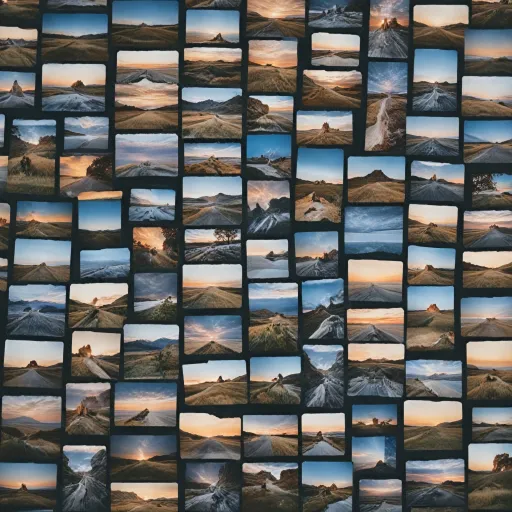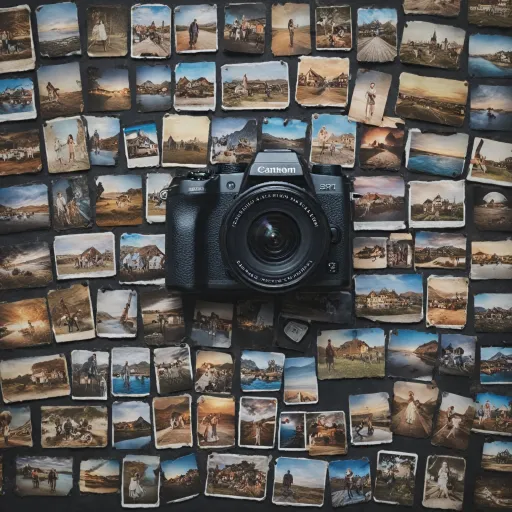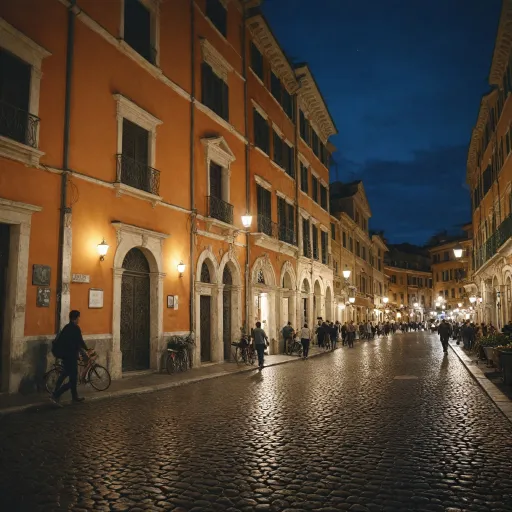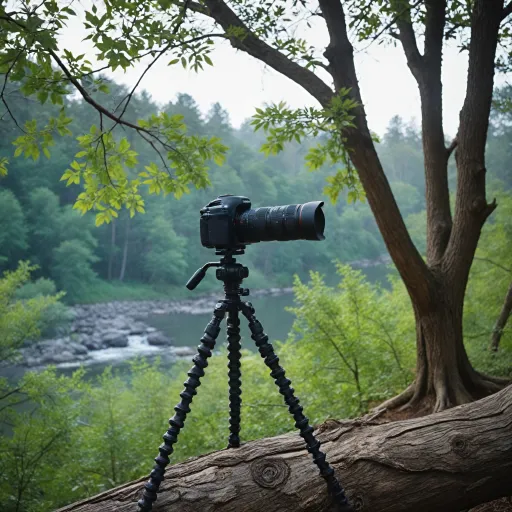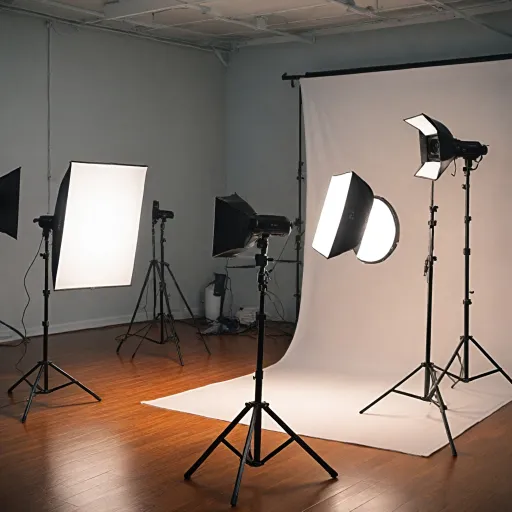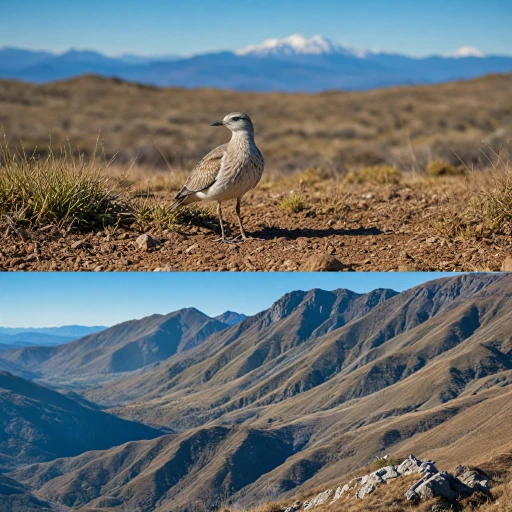
Factors Influencing Photo Storage
Influencers on Photo Storage Capacity
When it comes to understanding the capacity of a 32GB SD card for photos, several influential factors come into play. These elements collectively determine how many photos your memory card can hold. One primary consideration is the image resolution of your camera. Digital cameras today can shoot at various resolutions, ranging from basic to high-definition. Higher resolution images naturally have larger file sizes. Thus, they occupy more space on your SD card. Moreover, the choice between JPEG and RAW file formats also plays a significant role. JPEG photos, typically smaller due to compression, allow more images to fit on a card. Conversely, RAW files, preferred by professionals for their uncompressed quality, occupy more space but offer greater editing flexibility (more on this later). The file size is another crucial aspect. Different cameras output different file sizes, even if they have similar resolutions. This variance is due to differences in sensor quality, image processing, and other technical factors. Lastly, the type of memory card you choose, be it an SD or a microSD card, also affects how many pictures it can hold. Stocks differ in speed class and memory storage efficiency. Understanding how many pictures your card can secure is fundamental for proper memory management. For an in-depth comparison with a 16GB card, refer to this comprehensive guide on how many photos a 16GB card can hold. This understanding aids in preventing situations where you might run out of memory during a crucial shoot or trip. Properly managing these factors ensures that you optimize your SD card's potential, saving valuable data and memories.Image Resolution and File Size
Exploring File Details: Image Resolution and Dimensions
The amount of photos a 32GB SD card can house largely depends on the file size of each image. Both the image resolution and the chosen file format are crucial factors. Higher resolution translates to more pixels, leading to larger file sizes. When dealing with digital cameras, one often encounters terms like megapixels, which indicates the number of millions of pixels a photo contains. Typically, a higher megapixel count equates to greater image detail, yet this also means that each picture will take up more space on your memory card.
Encoding Choices: How File Formats Affect Storage
The choice between JPEG and RAW formats also influences the number of photos your SD card can fit. JPEG files are compressed, making them smaller in size—ideal if you need to store many photos. In contrast, RAW files retain more data and offer better quality, but at the cost of increased file size. This choice ultimately affects how many photos you can store on your card. Understanding the intricacies of how many photos a 32GB card can hold will guide you in optimizing your camera's usage according to your specific needs.
Balancing Quality and Storage
For those utilizing both JPEG and RAW in their cameras, it might be advantageous to evaluate what scenarios demand higher quality versus smaller file sizes. By balancing these, you can effectively manage your files and make the most of your SD or microSD card's storage capabilities.
JPEG vs. RAW: The Storage Dilemma
Comparing Image Formats: JPEG and RAW
Choosing between JPEG and RAW is a common conundrum for photographers, as both formats have unique advantages that affect how many photos your SD card can hold. JPEG photos are highly compressed and typically take up less memory, allowing you to store more images in your camera's card. In contrast, RAW files harness a greater amount of data, preserving higher image quality and detail but consuming more space. This contrast between JPEG and RAW impacts the file size significantly.
For instance, a single RAW file can often be several times larger than a JPEG file of the same image, resulting in a stark difference in the number of photos your secure digital card can accommodate. Cameras differ in how they manage these formats, and many allow the simultaneous capture of RAW and JPEG files. This dual-format option offers flexibility but further limits the number of pictures your memory card can hold due to the increased data requirements.
When considering the best file format for your needs, it's crucial to balance image quality and storage capacity. JPEG is ideal for everyday photography where file speed and memory efficiency are priorities. On the other hand, if you prioritize image excellence and extensive post-processing, RAW photos may be your preferred choice, albeit at the cost of fitting fewer in your camera's memory card.
Estimating Photo Capacity
Assessing How Many Photos a 32GB SD Card Can Hold
Estimating the number of photos a 32GB SD card can hold involves considering various factors, as discussed earlier. Your camera's settings play a significant role, especially the image resolution and file format you've chosen. These factors directly impact the file size of each photograph, which in turn affects how many photos can fit on your memory card. JPEG photos, due to their compressed nature, are generally smaller in file size and allow more photos to be stored. For instance, a 20-megapixel camera capturing pictures in JPEG format might produce files around 5MB each. This allows for approximately 6,400 photos on a 32GB card. On the contrary, raw photos maintain all the data from the camera's sensor, resulting in larger file sizes. A similar 20-megapixel camera shooting in raw might generate files between 20MB to 30MB. Consequently, this significantly reduces the number photos a card hold; you might expect to store around 1,000 to 1,600 raw files. Combining both JPEG and raw formats for shooting can offer flexibility but also affects your storage capacity. It's essential to calculate your storage needs based on your photography style and the balance between quality and quantity of photos. As memory cards come with different speed ratings, choosing the right option can further optimize your camera's data handling efficiency. Faster cards could enhance your camera's performance, especially in continuous shooting or video recording scenarios, though they don't affect the total number of photos. These insights should guide your storage choices, ensuring your digital camera's potential is fully maximized.Maximizing Your SD Card's Potential
Enhancing Your SD Card's Performance
To effectively manage the storage on your SD cards, maximizing their potential is crucial. Given the variety of factors influencing the number of photos a card can hold, implementing some practical strategies can make a significant difference.- Ensure Optimal Settings: Understand your camera's settings and adjust them to capture images in formats better suited for the storage capacity you have. For example, using JPEG, with a smaller file size compared to RAW, can help store many pictures on your card.
- Prioritize Regular Transfer and Backup: To keep your memory card primarily free and extend its longevity, regularly transfer photos to a secure digital location. This not only optimizes the card's storage but also reduces the risk of data loss.
- Consistently Format the Card: While deleting photos can free up some space, frequently formatting the memory card in your camera can help maintain its efficiency and performance by erasing residual data that might still occupy space.
- Utilize High-Speed Cards: Consider using cards with adequate speed ratings, especially if your camera requires fast data writing like when saving in RAW format. High-speed cards enhance performance and reduce lag during multiple photo bursts.
- Leverage Compression Tools: Utilize compression software to decrease the file size of your images, allowing for more pictures to fit within your card's capacity without overly compromising quality.
- Avoid Overfilling Your Card: To prevent slowdowns and potential data corruption, try to leave some free space on your card by not filling it to the brim with photos.
Choosing the Right SD Card for Your Needs
Determining the Ideal SD Card for Your Camera
Choosing the right SD card for your cameras is essential to ensure optimal performance while capturing many photos or videos. A few key considerations can guide your decision:- Compatibility with Your Device: Not all SD cards are compatible with every camera. Check your camera’s specifications to identify which types of card hold the best potential for your equipment. Some cameras require specific speed classes or support only certain secure digital formats, like SDHC or SDXC.
- Storage Needs Based on Usage: Evaluate how many pictures or raw files you typically take on a shoot. If you shoot raw photos, the file size is significantly larger than jpeg photos, meaning you will need a card with more memory capacity, such as a 32GB card, to fit memory requirements.
- Speed Rating for Efficient Data Handling: The speed class of a memory card, denoted on the card with numbers (such as 10, 30, or higher), indicates how quickly it will handle data, especially important for capturing high-resolution or raw jpeg images. Faster cards reduce waiting times when your camera's buffer clears and ensures smooth recording of high-definition video.
- Evaluating the Number of Cards: Simply relying on one large capacity secure digital card is not always best. Consider having multiple smaller cards to safely store files and mitigate risks of data loss or corruption. In events where many pictures are needed in quick succession, having backup cards ready can be vital.
